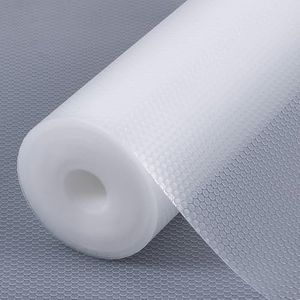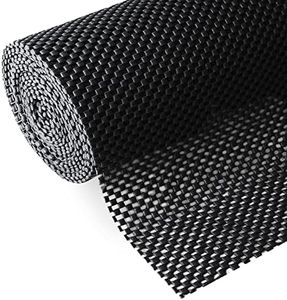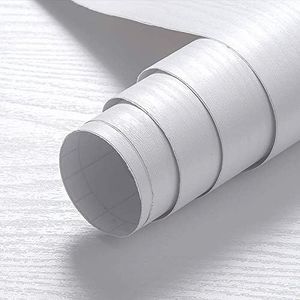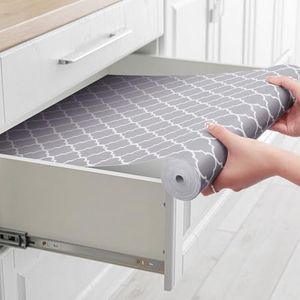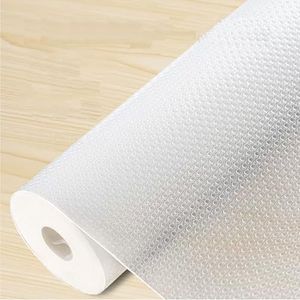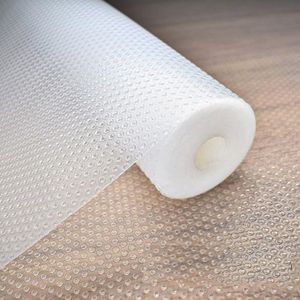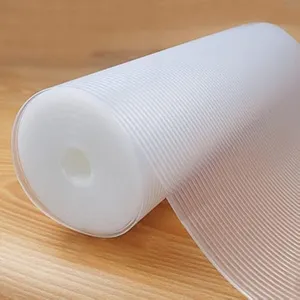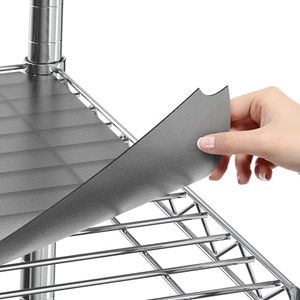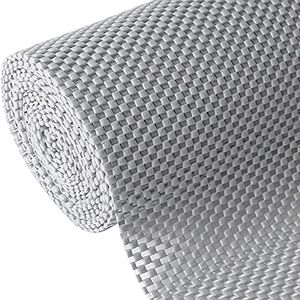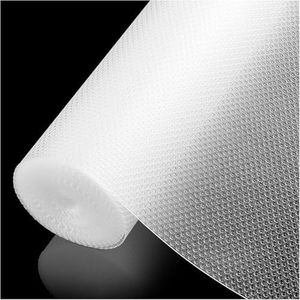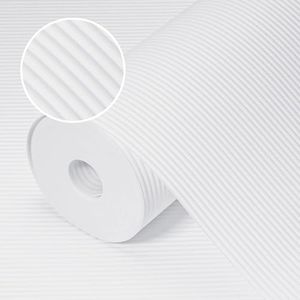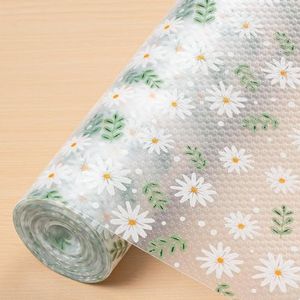We Use CookiesWe use cookies to enhance the security, performance,
functionality and for analytical and promotional activities. By continuing to browse this site you
are agreeing to our privacy policy
10 Best Cabinet Liners
From leading brands and best sellers available on the web.Buying Guide for the Best Cabinet Liners
Choosing the right cabinet liner can make a big difference in how you organize and protect your shelves and drawers. Good liners prevent spills from damaging surfaces, stop items from slipping, and sometimes add a decorative touch. When shopping for cabinet liners, think about what you’ll store, how often you’ll clean, and whether you want a permanent or temporary solution. Understanding the main features will help you select the best liner for your needs.MaterialThe material of a cabinet liner determines its durability, grip, ease of cleaning, and how it interacts with items stored on top. Common liner materials include plastic, rubber, foam, vinyl, and fabric. Plastic and vinyl are easy to clean and good for wet or sticky items, while rubber and foam offer more grip, making them great for fragile or sliding items. Fabric liners are usually for decorative purposes and may not be waterproof. Choose based on whether you prioritize protection, grip, or aesthetics.
ThicknessThickness affects how much cushioning the liner provides and how much it changes the fit of items in your cabinet. Thinner liners lay flat and are less noticeable but offer less protection against breakage. Thicker liners cushion delicate or heavy items but can make tight spaces even tighter. Pick a liner thickness based on the type of items you store—heavier and more delicate items benefit from a thicker liner, while lightweight, packaged goods can do well with thinner ones.
Grip/Non-slip PropertiesGrip refers to how well the liner stays in place and prevents items from sliding around. Some liners have a textured or rubberized underside to stick to the shelf, while others use the weight of the items to stay put. If your cabinets store glass, ceramic, or items that tend to shift, a liner with strong non-slip properties is ideal. If you use your shelves for packaged goods or want easier cleaning, a smooth liner may be enough.
Water ResistanceWater resistance determines if a liner can handle spills and damp items without absorbing moisture or developing mold. Liners made from plastic, vinyl, or rubber are usually waterproof and can protect surfaces from leaks or condensation. Fabric and some foams might absorb water and are better for dry storage. If you use cabinets for food, cleaning supplies, or in humid areas, water resistance is a must.
Ease of CleaningThis refers to how simple it is to wipe or wash the liner when it gets dirty. Smooth materials like plastic and vinyl are the easiest to clean—just a quick wipe does the job. Textured or fabric liners may require more effort, possibly even machine-washing or spot-cleaning. If you expect frequent spills or crumbs, pick a liner that's low-maintenance to keep your cabinets fresh.
Cut-to-fit DesignThis describes whether the liner can be easily trimmed to fit shelves and drawers of any size. Some liners come in rolls or sheets with grid lines, making it easy to cut a precise fit, while others are pre-sized or less flexible. If your cabinets or drawers aren't standard sizes, or have tricky corners, a cut-to-fit liner ensures a tidy, customized look without bunching or gaps.
Adhesive vs. Non-adhesiveAdhesive liners stick directly to surfaces and won't shift, making them ideal for long-term use. However, they can be harder to remove and might leave residue. Non-adhesive liners simply lie in place and are easier to change or reposition, though they might move around unless weighted down or made from grippy material. If you want flexibility or are renting your home, non-adhesive is usually the better choice.
Appearance/ColorThe look of the liner, from plain colors to patterns, can brighten up a cabinet interior or match your kitchen decor. Some people prefer neutral liners that blend in, while others like colorful or patterned liners to add personality. If the liner will be visible or you want a certain style, pay attention to appearance. If it’s purely for protection in unseen shelves, function matters more than form.
